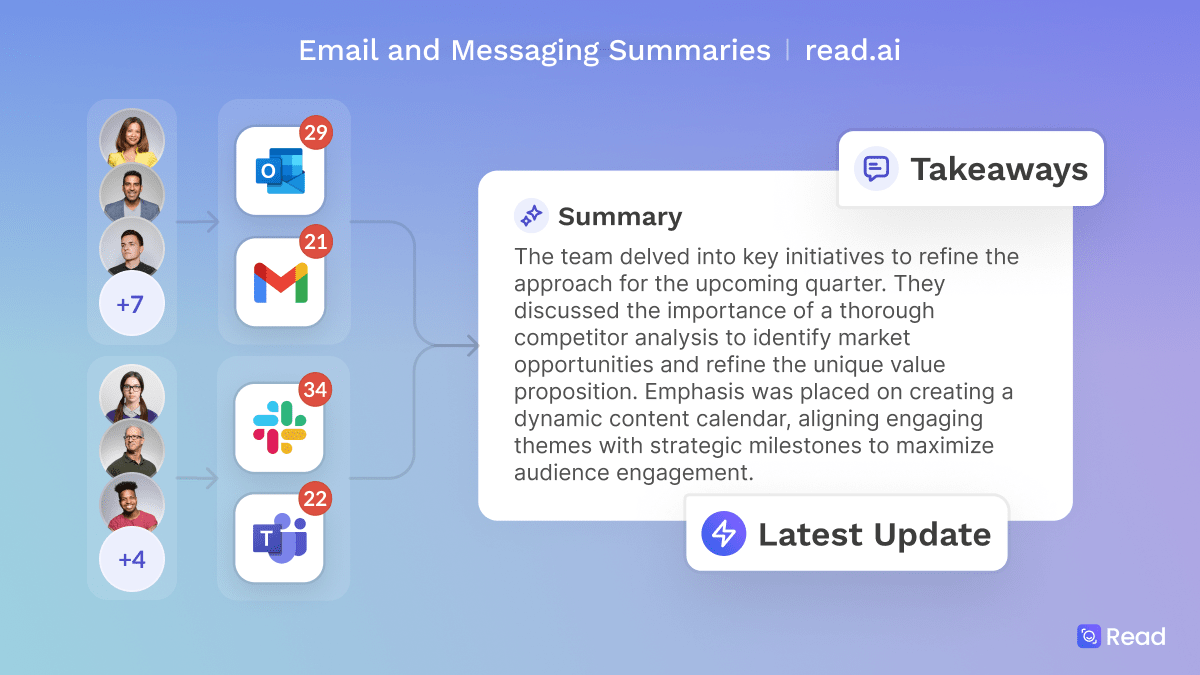by The Alliance of Bioversity International and the International Center for Tropical Agriculture
In 2020, global agricultural emissions totaled 16 billion tons of carbon dioxide equivalent, marking a 9% increase since 2000. The Food and Agriculture Organization of the United Nations (FAO) reports that farm gate emissions in 2020 accounted for almost half of all agricultural emissions worldwide.
According to a recent publication in Molecular Plant titled “Going deep: Roots, carbon, and analyzing subsoil carbon dynamics,” lead author Angela Fernando, a consultant affiliated with the Alliance of Bioversity International and CIAT, along with her team, emphasized the significance of enhancing soil carbon to enable farmers to boost food production, achieve global carbon neutrality, and combat the effects of climate change.
Angela Fernando elaborated on the importance of deeper roots, highlighting that conventional practices like deep tillage and the decomposition of shallow roots contribute to soil carbon release into the atmosphere. To mitigate this, she advocates for cultivating deeper-rooting plant varieties and understanding the mechanisms governing root behavior across different crops.
The discovery of the DRO1 gene, responsible for root angle regulation, has paved the way for developing crop varieties with roots reaching depths of up to a meter. This genetic innovation ensures that roots grow vertically, enhancing carbon sequestration by preventing decomposition and serving as reservoirs for essential nutrients and water during drought conditions.
Joe Tohme, Director of the Alliance’s Americas Hub, hailed the identification of the DRO1 gene in 2013 as a groundbreaking advancement in adapting food crops to water stress, as deep-rooted plants can tap into subsoil water reservoirs.
In terms of carbon measurement, researchers face challenges in accurately quantifying soil carbon content. Michael Gomez Selvaraj, a digital agriculture scientist at the Alliance and co-author of the study, highlighted the limitations of traditional soil sampling methods and advocated for leveraging remote sensing and AI technologies for more efficient and comprehensive carbon assessment at a larger scale.
By integrating remote sensing data with AI analysis, researchers aim to revolutionize soil carbon measurement, enabling rapid and precise evaluation across vast agricultural lands. This approach not only enhances measurement accuracy but also facilitates farmers’ participation in carbon markets by streamlining the certification process.
Looking ahead, advancements in gene-editing technologies such as CRISPR offer promising avenues for developing deep-rooted crop varieties like rice and forage plants, which can significantly enhance carbon sequestration in soil. The successful implementation of these innovative agricultural practices could revolutionize resource efficiency and carbon storage, benefiting both farmers and the environment.
More information:
Ezhilmathi Angela Joseph Fernando et al, Going deep: Roots, carbon, and analyzing subsoil carbon dynamics, Molecular Plant (2023). DOI: 10.1016/j.molp.2023.11.009
Provided by
The Alliance of Bioversity International and the International Center for Tropical Agriculture
Citation:
How AI and deeper roots can help soil store more carbon (2024, April 2)
retrieved 2 April 2024 from https://phys.org/news/2024-04-ai-deeper-roots-soil-carbon.html
This document is subject to copyright. Apart from any fair dealing for the purpose of private study or research, no part may be reproduced without the written permission. The content is provided for information purposes only.










